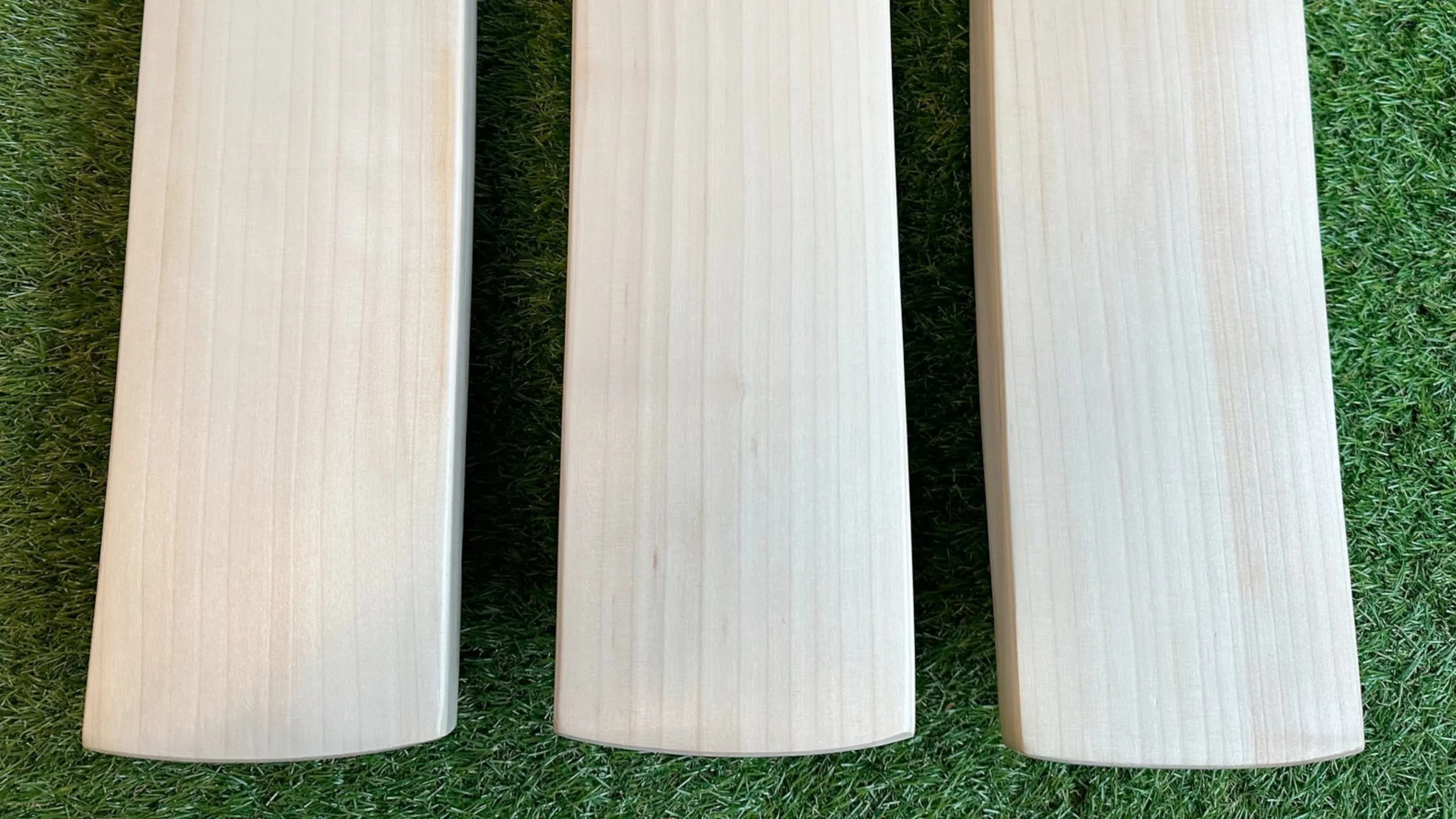When choosing a cricket bat, enthusiasts and professionals alike often focus on various factors like weight, balance, and shape. One critical but sometimes overlooked element is the grain structure of the bat. Cricket bat grains are more than just aesthetic; they play a significant role in the bat’s performance, durability, and feel during a match. In this blog, we will dive into what cricket bat grains are, how they affect your game, and what you should look for when purchasing a bat.
Also take a look on tennis ball cricket bats by vinox.
What Are Cricket Bat Grains?
Cricket bat grains refer to the lines that run across the face of the bat’s blade. These lines are formed by the growth rings of the willow wood, which is traditionally used for manufacturing cricket bats. The number, alignment, and spacing of these grains can vary from one bat to another, affecting both the bat’s performance and longevity.
The general rule of thumb is that the more straight and evenly spaced the grains, the higher the quality of the bat. These grains are a reflection of the quality of the willow, which directly impacts how well the bat will perform on the field.
How Cricket Bat Grains Affect Performance
The grains in a cricket bat are not just a visual characteristic; they have a practical impact on how the bat performs during play. Here’s how different grain structures can influence your game:
Power and Sweet Spot
A bat with straight grains is often considered to have a better distribution of power across the blade. This makes it easier to find the sweet spot, which is the area of the bat that generates maximum power when striking the ball. Bats with more irregular grains may have uneven weight distribution, which can lead to inconsistency in hitting.
Durability and Longevity
Cricket bat grains also determine how long your bat will last. Generally, bats with fewer, straighter grains tend to be more durable than those with a lot of irregularities or curving grains. If you’re looking for a bat that will stand the test of time, it’s important to choose one with a fine grain structure.
Feel and Control
The alignment and number of grains can also impact the bat’s feel during play. Straight, even grains often provide a more solid and responsive feel, while uneven grains might make the bat feel a bit off when you’re trying to control the ball. For players who prioritize control, focusing on the quality of cricket bat grains can make a significant difference.
Why Does the Number of Grains Matter?
Many players believe that the number of grains in a cricket bat can provide a clue about the bat’s age and performance. Generally, cricket bat grains are numbered from 3 to 12, with a higher number indicating more grains per inch of wood. Here’s what to consider about the number of grains:
Few Grains (3 to 5) Bats with fewer grains often have a more mature wood, which can result in a higher level of power but may not offer the same level of durability as bats with more grains.
More Grains (6 to 12) Bats with more grains tend to have a more uniform structure, providing a better combination of durability, performance, and control. However, these bats may take longer to “break in,” and their sweet spot may not be as powerful initially.
What to Look for in the Perfect Cricket Bat Grains
When shopping for a cricket bat, choosing the right grains can be the difference between a good bat and an exceptional one. Here are some things to keep in mind:
Evenness of the Grains
Look for straight, even grains that run parallel from top to bottom. Uneven or wavy grains can affect the bat’s performance and durability.
Grain Count
A higher grain count generally indicates a newer bat made from fresh willow. While fewer grains may offer more power, a higher grain count typically provides better balance and consistency.
Grain Quality
High-quality grains are smooth and free of blemishes or knots. Blemishes can weaken the bat and affect its performance. Always inspect the blade closely to ensure the grains are in top condition.
Cricket Bat Grains: Aesthetics and Performance
While the performance of a bat is most important, cricket bat grains also play a role in the aesthetic appeal. A bat with straight, clean grains is often considered more visually appealing. Some players may choose a bat based on the grain structure simply because it looks good. However, it’s important to remember that looks shouldn’t be the only deciding factor—performance and durability are paramount.
Maintaining Your Cricket Bat Grains
Proper maintenance of your bat can help preserve its grain structure and ensure longevity. Here are some tips to keep your cricket bat in top condition:
- Oil the Bat Regularly Applying raw linseed oil on your bat helps nourish the wood and maintain the grain structure.
- Store the Bat Properly Avoid storing your bat in extreme temperatures or humidity. A dry environment will help keep the grains intact.
- Knock-in Your Bat This process helps to prepare the grains and ensures that your bat is ready for game use, preventing cracking or damage.





 No products in the cart.
No products in the cart.
Comment (1)